Desk Jockey
WKR
- Joined
- Apr 5, 2015
- Messages
- 5,980
Covers the Wyoming case, OnX and the issue In general.
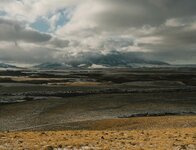
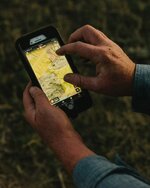

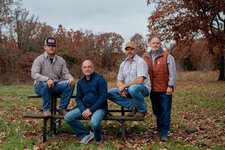
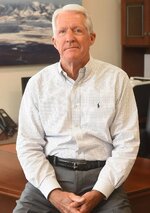
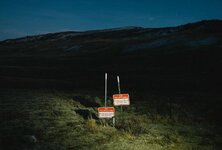
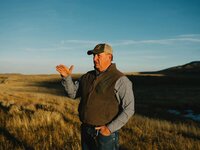
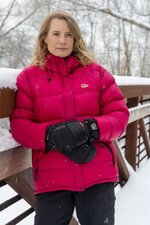
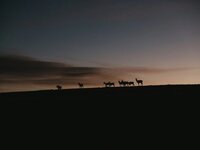
No kidding, I am hoping that was a misquote.Hal Herring didn't do hunters any favors with his idiotic quote either.
Was this descriptor even needed to tell the story? Leave it to the Times to attempt to paint a hunter as a scary person with a gun.the four heavily armed, camouflage-wearing men
Was this descriptor even needed to tell the story? Leave it to the Times to attempt to paint a hunter as a scary person with a gun.
Was this descriptor even needed to tell the story? Leave it to the Times to attempt to paint a hunter as a scary person with a gun.
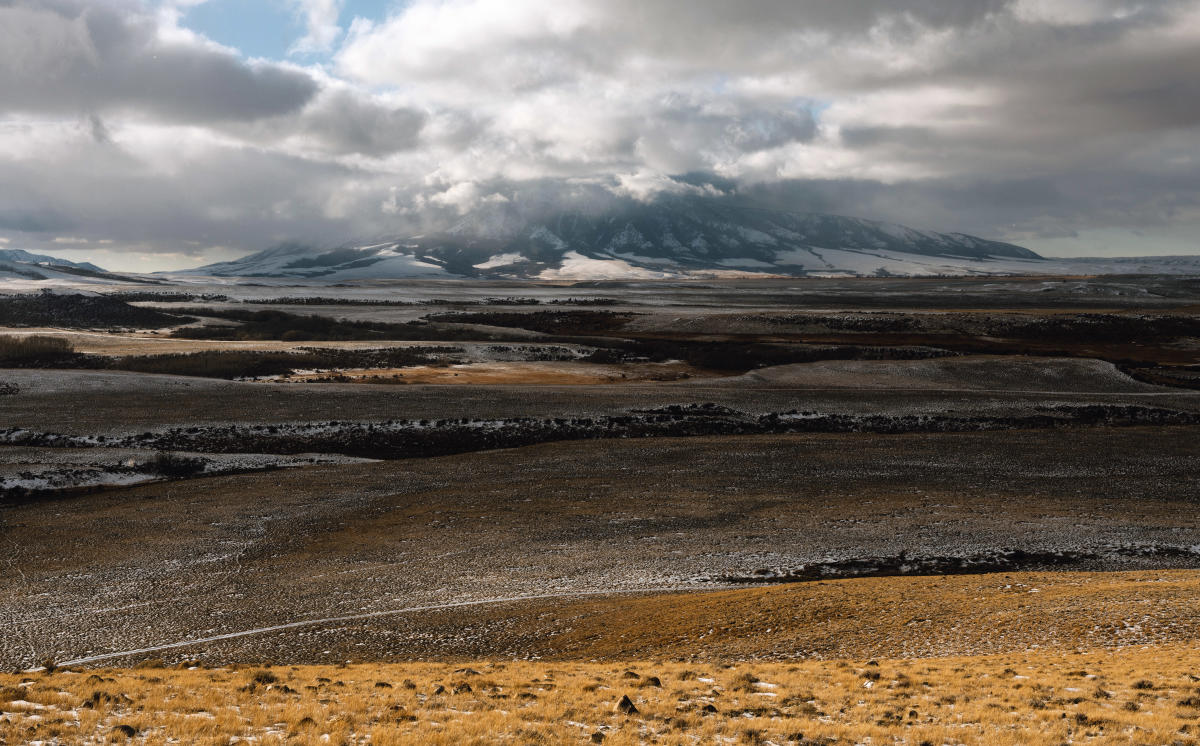
Well , you have to feed it a lot of lead , LOLEshelman's pharmaceutical background and 2000# bull elk sounds a little fishy to me.